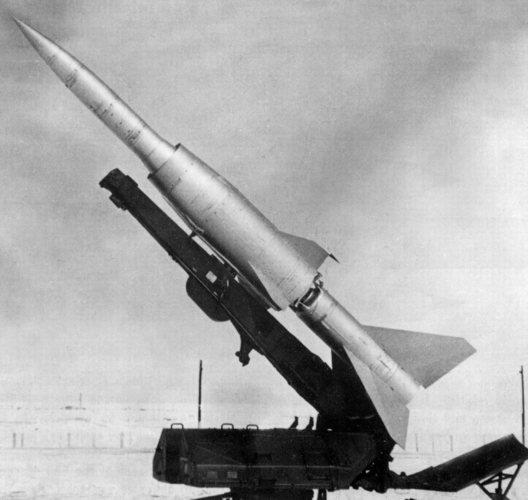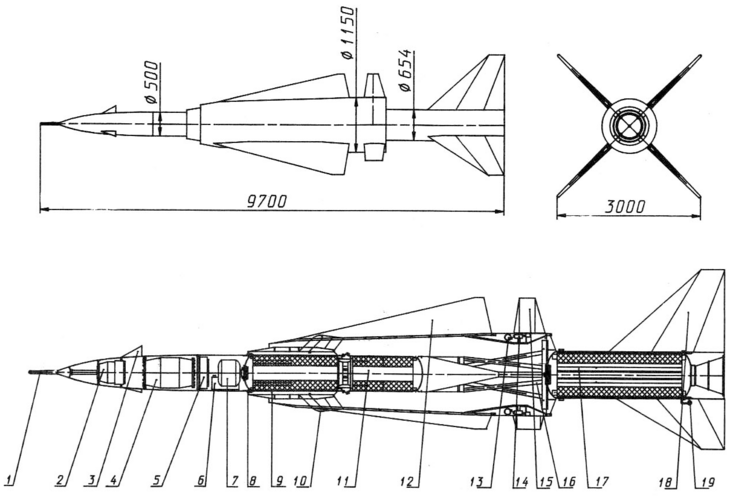- Joined
- 27 September 2006
- Messages
- 6,048
- Reaction score
- 6,147
I am delighted that others are already making good use of the Alt 60s US Navy thread. It probably needs a balancing thread to cover the Soviet Navy, which for both the USN and the RN was "the enemy fleet in being".
After the fifties scare surrounding the Swerdlow class cruisers, the nuclear submarine force came to represent the main threat from the Red Navy.
Some modest but dramatic looking classes of ship appeared in the 1960s.
The Kynda class missile cruisers with their huge surface to surface missile tubes.
The two Moskva class helicopter ships led to endless speculation about possible Soviet carriers. The first VSTOL fighter shown in 1967 encouraged such worries.
The Kresta class were seen at the time as additional surface warfare threats, though they were actually more ASW units.
The Krivak class with their large missile tubes and gun armament seemed much more modern and capable to journalists than the modestly armed Leanders and Knoxes.
We know from other threads that the Soviets had their own share of funsome unbuilt projects, so over to you...
After the fifties scare surrounding the Swerdlow class cruisers, the nuclear submarine force came to represent the main threat from the Red Navy.
Some modest but dramatic looking classes of ship appeared in the 1960s.
The Kynda class missile cruisers with their huge surface to surface missile tubes.
The two Moskva class helicopter ships led to endless speculation about possible Soviet carriers. The first VSTOL fighter shown in 1967 encouraged such worries.
The Kresta class were seen at the time as additional surface warfare threats, though they were actually more ASW units.
The Krivak class with their large missile tubes and gun armament seemed much more modern and capable to journalists than the modestly armed Leanders and Knoxes.
We know from other threads that the Soviets had their own share of funsome unbuilt projects, so over to you...


